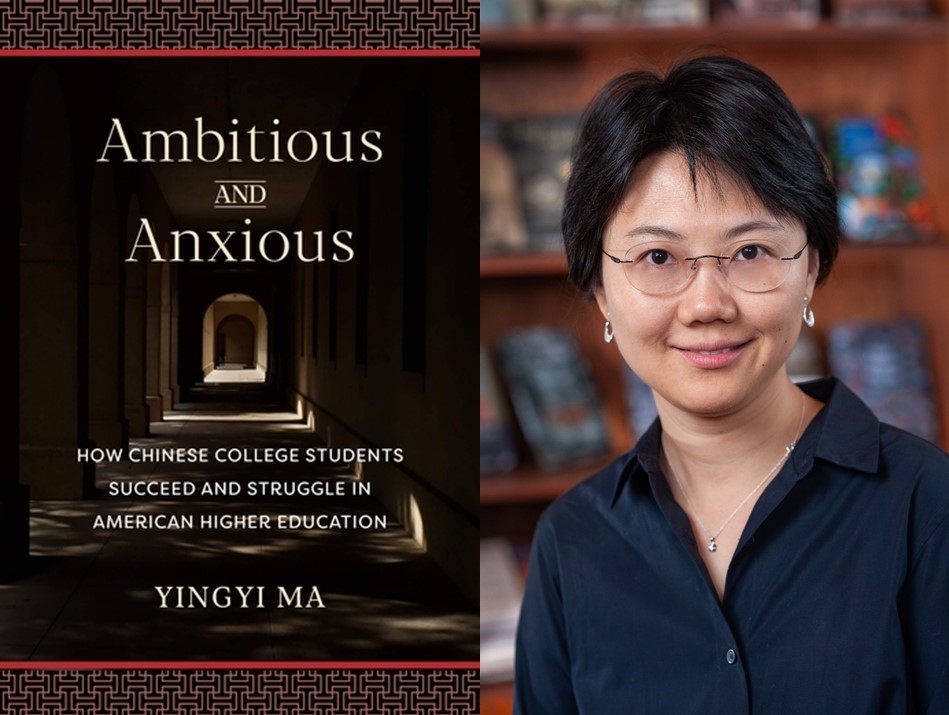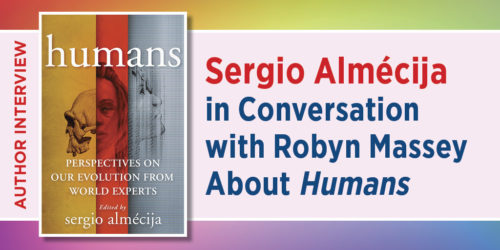Professor Mom! An Interview with the editors of "Mothers in Academia"
With Mother’s Day right around the corner, we thought we would shed some light on those mothers who also toil in academia. The following is an interview with Mari Castañeda and Kirsten Isgro, the editors of Mothers in Academia. The interview was originally published in Inside Higher Ed:
Q: What prompted you to write this book?
A: The proposal for this book was inspired by the increasing number of discussions we were both having with colleagues at all levels (students, faculty and staff) about the simultaneous presence and invisibility of mothers in academia. Behind closed doors, many of us were discussing the issues, challenges, joys and promise of working/learning in an academic environment while also caring for children. Yet these conversations were existing outside of the traditional structures of power within our various universities and colleges. The collection thus became an attempt to bear witness to the multiple realities of mothers in academic contexts while also providing a theoretical and empirical grounding for the experiences of women in higher education. We felt this was especially important since women are increasingly becoming an important part of the academic work force as well as the student body. While the project does not valorize women who are parents, it does attempt to address how we as women who are scholar-mothers balance these two roles on a personal and institutional level.
Q: How do you see academe, compared to other parts of society, in terms of being “family friendly”?
A: There seems to be an idealized notion of academe that it is more family-friendly than other parts of society because in many institutions, faculty get summers “off.” While many faculty are not always required to be at the office during the winter and summer breaks, that’s not the case for college staff who have 12-month contracts, and in some cases for student mothers, who must work through the summer to support their families or take classes part-time in order to finish their degrees. Additionally, the increased expectations for revenue generation and “prestigious” scholarly output, for instance, have placed undue pressure on all staff and faculty, making it harder to create, maintain or expand a family-friendly environment, or one that promotes a culture of care. We believe a culture of care is family-centered. It does not minimize excellence; on the contrary, such a culture understands that folks work better when care responsibilities are acknowledged and policies are developed that align family and personal life and work. One thing that became very clear through the process of this book is that we always think about faculty and administrators with regard to these issues, but rarely staff or undergraduate or graduate students. Thus, some sectors of academe experience a more family-friendly environment than others; the policies and expectations are uneven based on position in the higher education hierarchy. It is important to note that while headway in creating and implementing family-friendly policies has been accomplished, but much more can and should be done if academe will continue to be a leader with regards to this issue.
Q: Your book covers motherhood at various stages of an academic career. What do you see as the main challenges for women who are graduate students, adjuncts or pre-tenure who have children?
A: The goal of this book was to present different sites of motherhood for women working and learning in academic contexts. Indeed, the challenges are not homogenous for mothers at different stages of their academic careers, yet the one thing that is constant is the dominant patriarchal framework that tends to shape what it means to be a student or professor. Consequently, women graduate students who are mothers sometimes face the challenge of not being considered “serious students” because they have parenting responsibilities, but men don’t necessarily face the same types of judgments. For adjuncts, the challenge is often related to job security, and the financial toll placed upon their families. Lastly, for pre-tenure women faculty with children, the rising expectations for tenure and promotion presuppose a certain lifestyle where research is not only the number-one priority; teaching and outreach/service are also areas where faculty should be spending lots of time in order to garner awards, which then leave little time for family or self-care.
Q: Based on the essays in the book, what is your advice to women hoping to combine motherhood and a successful career in academe?
A: This is a very interesting and important question, because it reveals the larger inquiry as to how we are defining career success in the 21st century. The authors in the book provide personal narratives grounded in theory that tell of both the struggles and satisfaction that come from working as a parent in higher education. Many of the women share their stories of racialized, classed and gendered discrimination, and ways they have dealt with such insidious barriers. Some of the best practices that are shared in the book include refusing to be isolated from colleagues or act as oppressor toward students, staff, or other faculty. Some women have successfully created alternative networks and spaces within the academy where they can share their learning, teaching, and coping strategies. For many of the authors in the book, a successful career is valuable if it is not all-consuming and does not interfere in our personal lives in detrimental ways. We enjoy being intellectual workers, and many of the authors commented on feeling proud of the work we do, but it can not be at the expense of also doing other things we enjoy outside of higher education.
Q: Many colleges say that they have done a lot to help mothers. What are the policy or practice areas where you think colleges and universities could and should do more?
A: One of the main points that comes out of our book is that higher education is one of the key institutions that shape culture. Increasingly contingent faculty members are a mainstay of teaching loads across campuses. Addressing the salary and workload discrepancy between administrators, staff, and faculty is an ongoing struggle and thus warrants ongoing discussions on the local, state and national levels. Academic and professional unions have played an important role in addressing some of the inequities that parents (mothers in particular) face in the academy. The decline of unions and limited collective-bargaining capabilities should be significant concerns for faculty and staff. Increasingly, faculty unions are addressing the working conditions of contingent instructors as well as working with graduate student unions to create a better academic environment for all. The more cutting-edge university administrations are the ones that cooperate with, rather than weaken, such efforts. Lastly, parental leave policies and non-penalty tenure-clock extensions have a proven record of improving the retention of scholar-parents, especially mothers, and maintaining their overall productivity. If universities and colleges want to build a strong faculty, it must think more creatively in the development of policies and practices to better-support parents on their campuses.





